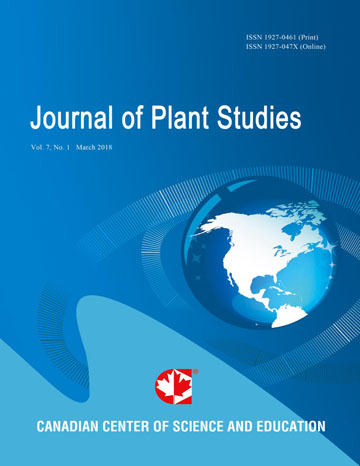Height-diameter Relationships in Longleaf Pine and Four Swamp Tree Species
- Xiongwen Chen
- Dale Brockway
Abstract
The scaling relationship between height and diameter is important for understanding the dynamic patterns of tree growth and estimating the accrual of tree biomass. Metabolic ecology predicts that tree growth follows a universal scaling invariant relative to the height-diameter relationship (i.e., no variation based on taxonomy or resource availability). Comparing field data for different tree species across a range of site conditions should be an informative test of that prediction. Our results indicate that the scaling exponents of height and diameter for longleaf pine (Pinus palustris Mill.) vary at the four locations across its natural range. As for swamp trees, the scaling exponents for red maple (Acer rubrum L.) and river birch (Betula nigra L.) were consistent with that predicted by metabolic ecology; however, those for water tupelo (Nyssa aquatica L.) and bald cypress (Taxodium distichum (L.) Rich) were not. Our study confirms that high plasticity and variation in allometric scaling of the tree height and diameter relationship may very well be the rule, rather than the exception.
- Full Text:
 PDF
PDF
- DOI:10.5539/jps.v6n2p94
Journal Metrics
h-index (December 2021): 17
i10-index (December 2021): 37
h5-index (December 2021): N/A
h5-median(December 2021): N/A
( The data was calculated based on Google Scholar Citations. Click Here to Learn More. )
Index
Contact
- Joan LeeEditorial Assistant
- jps@ccsenet.org
